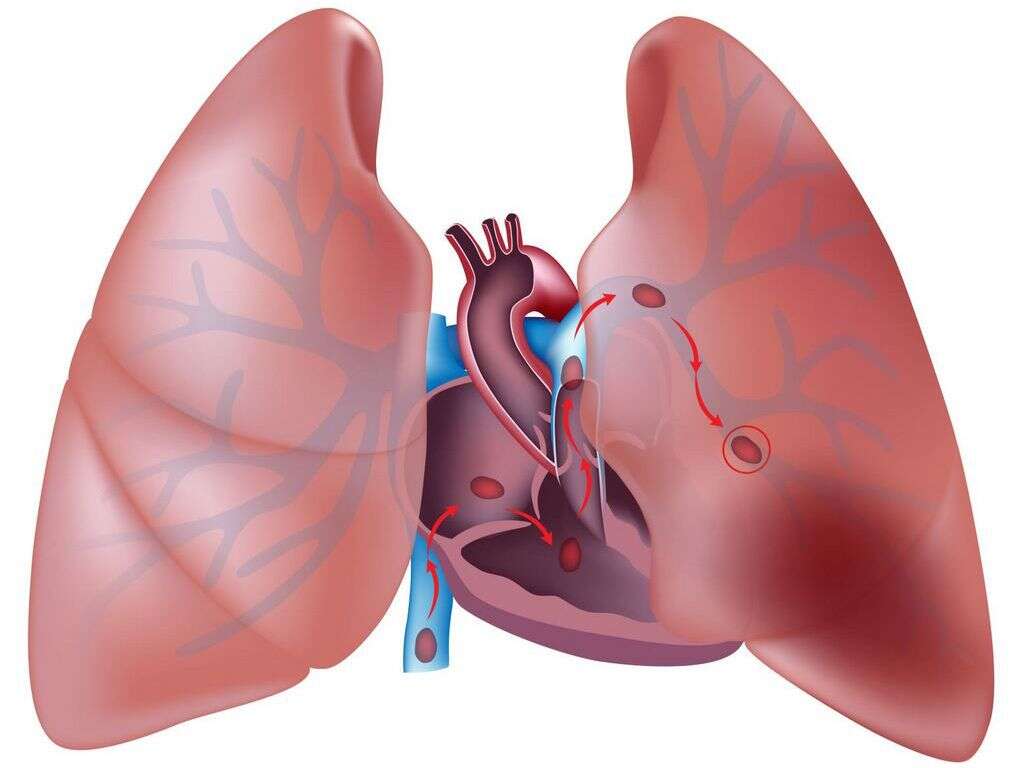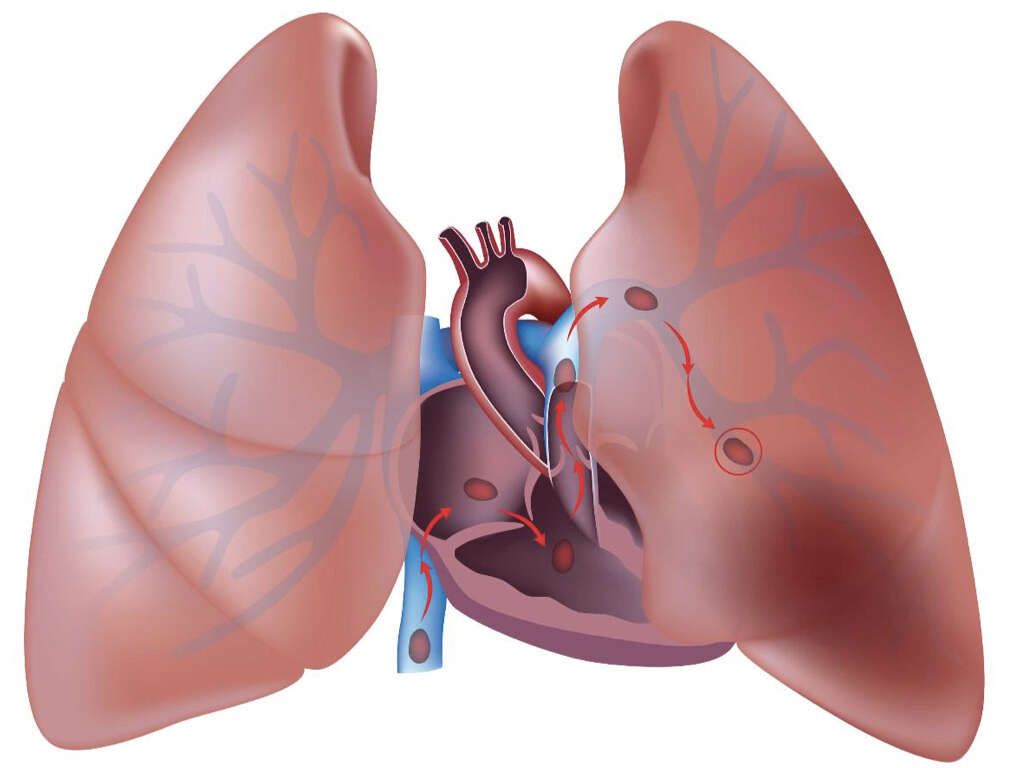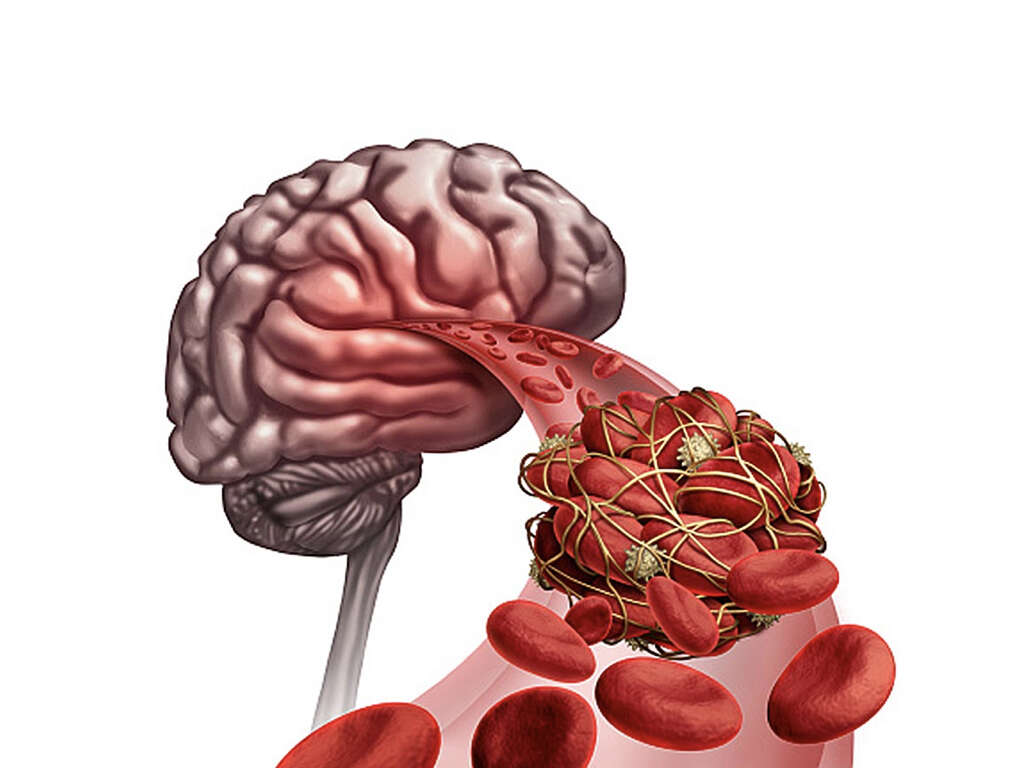Pulmonary Embolism Symptoms
10. Fever
Fever, also known as pyrexia, is not a common symptom of pulmonary embolism. In fact, there is some controversy over whether PE causes fever at all or whether it is only present incidentally due to an underlying medical condition.
When fever is present during a pulmonary embolism, it is typically low-grade, meaning that it ranges from between 100 to 101 degrees Fahrenheit. It rarely reaches high-grade levels of 103 degrees to 107 degrees, nor does it reach the intermediate grade of 102 degrees Fahrenheit. A patient exhibiting a high fever during a pulmonary embolism may need assessment for an underlying condition once his or her condition is stable. If the temperature is dangerously high, i.e., between 104 and 107 degrees Fahrenheit, doctors may need to provide symptomatic treatment to lower the temperature before the assessment can take place.
Advertisement











